The interior and exterior wall studs support drywall and wood sheathing in your house. Before drilling through the walls, you must determine what is behind them. However, how can you locate supporting pieces, pipes, or electrical cables? If you're wondering where to look for studs, this lesson is for you. These were responses to queries we addressed to experts.
The Bosch Truvo Digital Multi-Detector does not detect studs. It is a metal detector that shows where not to drill rather than looking for wooden studs.
By identifying cables and ferrous and nonferrous objects, the Bosch Truvo detector assists drillers in avoiding unpleasant shocks. Its simple traffic light system and associated warning noises indicate where drilling is safe and where to prevent it.
Using a stud finder when hanging anything heavy on the wall may appear unnecessary, but it is likely one of the most significant tasks. Read on to learn how to locate studs while preventing drywall damage and how to use your Truvo.
Can You Use Bosch Truvo To Detect Studs?
The Bosch Truvo Digital Multi-Detector does not detect wooden studs. Instead, it detects live wires and metallic items through scanning.
This means that you cannot use it to find a stud, but you can use it to avoid potentially dangerous areas while drilling.
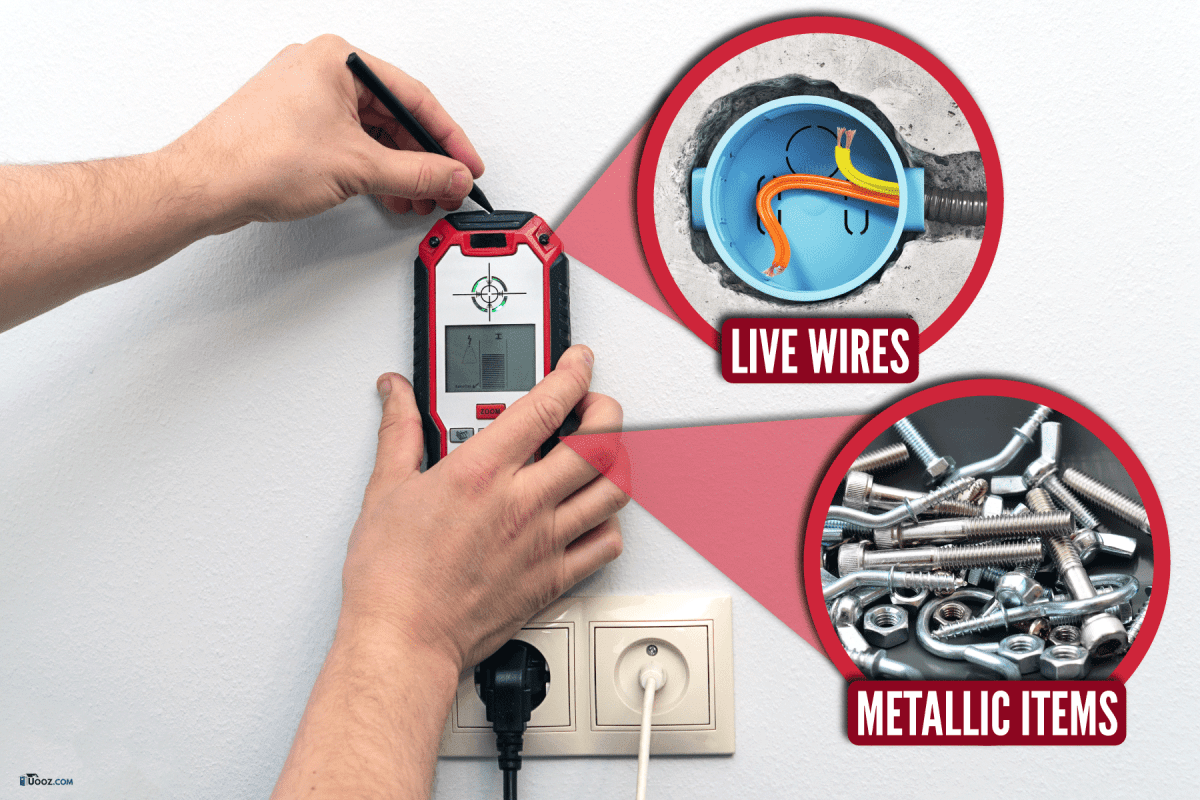
How Do You Use the Truvo?
The traffic-light LED function of the Truvo allows you to see if there is any metal or wiring hidden behind closed doors. Furthermore, the Truvo is ideal for beginners. Just switch it on, detect, and drill.
As soon as you turn on the gadget, it instantly calibrates itself. Thanks to its revolutionary slider-switch design and Bosch detection technology. For this reason, before performing any drilling, sawing, or milling work on walls, ceilings, or floors, become familiar with the area by using other sources of information, such as building plans and images taken during construction. It will help you avoid risks and ensure safety.
Check out this Bosch Truvo detector on Amazon.
How Do You Find A Wall Stud Quickly And Easily?
There are various efficient options for finding a stud without a piece of equipment, whether you don't have one on hand or don't trust the things. Here's a quick guide to finding a stud in a wall:
Use A Stud Detector
Keep the object flat against the wall as you carefully move it around the space. Once the device detects a stud, the device may make a sound or flash.
Check out this stud finder on Amazon.
Test For The Stud Finder App
Finding studs is one of the many things an app can help you with nowadays. Although this method can aid in stud detection, there is a risk of false positives because the program may detect things other than studs, such as nails or electrical cables.
Find The Electricity Source
The easiest course of action is to locate the power source. Since electrical boxes are frequently fastened to studs, determine the shortest route to the site where you wish to place something.
Check The Wall For Dimpling
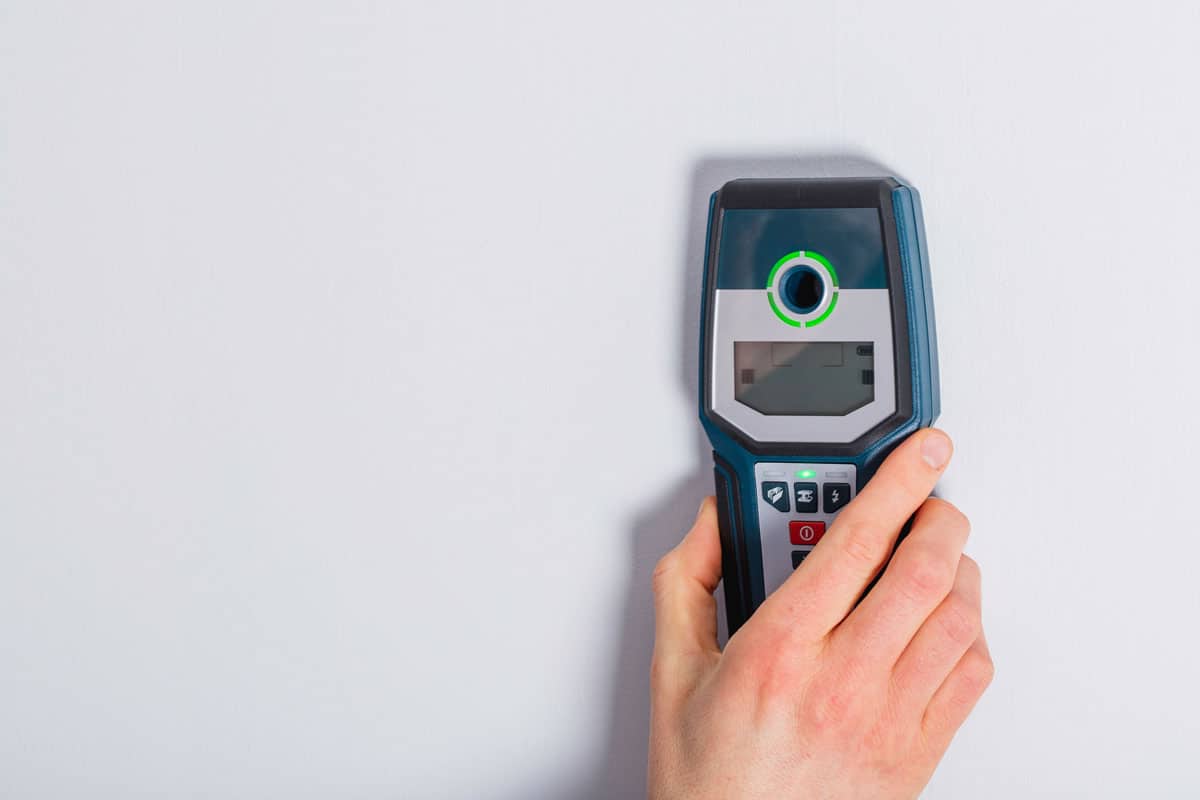
Dimples indicate where drywall is attached to a stud's edge. However, they are less accurate than the methods above. These are occasionally visible with the unaided eye, but a flashlight can help highlight any tiny divots in the wall. Hold the flashlights parallel to the wall, upright, to try this technique.
Check out this portable LED flashlight on Amazon.
Strike The wall
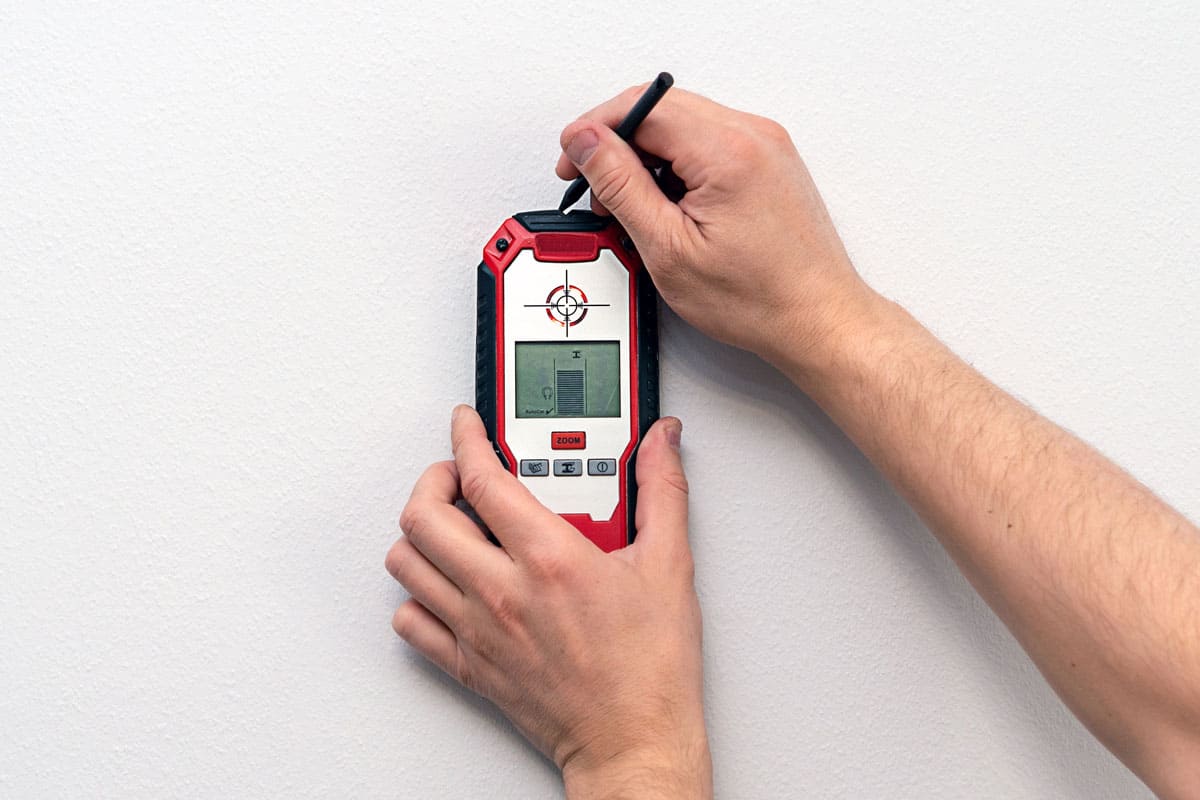
You can gently tap or knock the wall with your hammer to see if you've found a stud without breaking anything. Tap around the area if you hear a hollow or empty sound. You'll know you've struck a stud when the sound muffled.
Make A Hole
You should always confirm your results before hanging your item, regardless of what you use. Drill a hole in the wall for this to happen. If you encounter resistance, you've likely hit wood (a stud!).
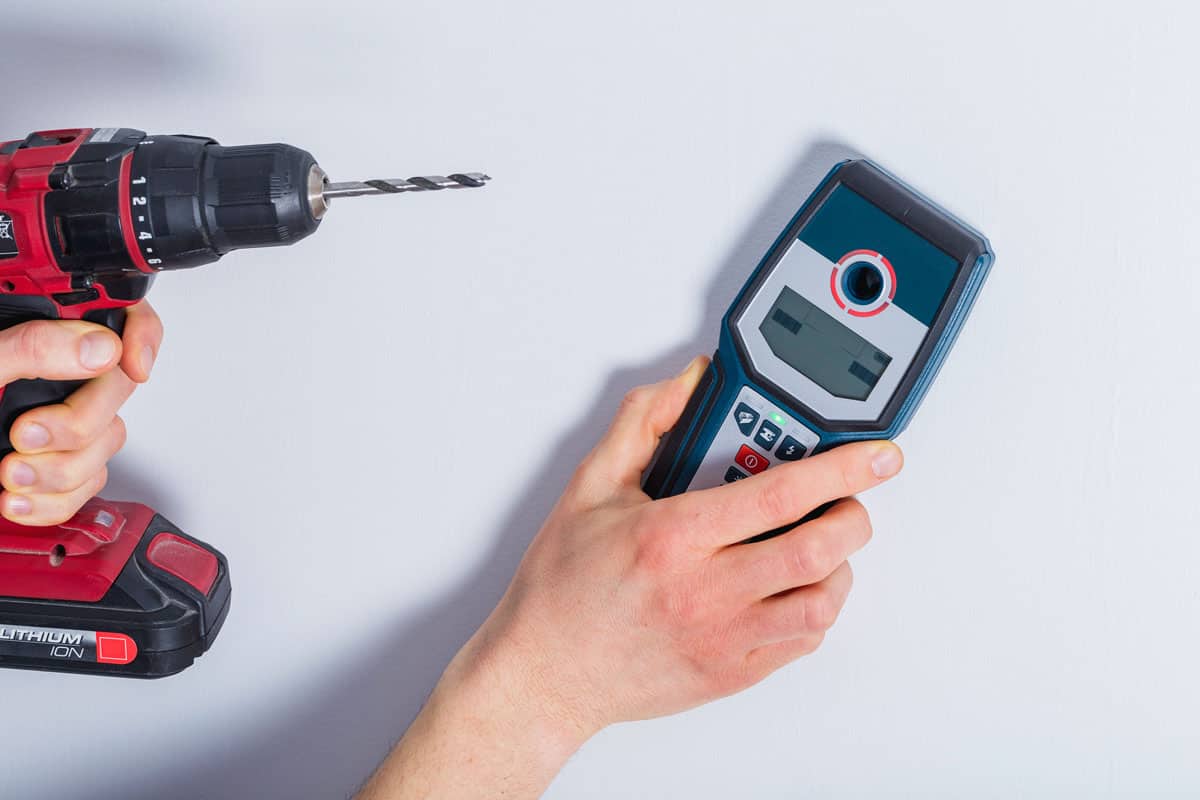
Check out this battery-powered cordless drill on Amazon.
What Advantages Does The Bosch Truvo Provide?
Knowing where metal and electrical currents are is essential when drilling in your wall. Using a Bosch Truvo has the following advantages:
- The interface is so easy to use that even a child can use it.
- The one-button operation system allows you to access various functions by pressing a single button. You use this button to make scanning easier.
- It detects metal and copper pipes and will alert the user with audio and an LED traffic light system.
- Designed to offer different sound levels depending on how close you are to the item.
- The fluctuating noise indicates that you will need to shut it off because it does not have a display except for the traffic light system.
- The simple lighting system makes finding items behind the walls a breeze. When you're close to something, it turns yellow, and when you're on top of the metal, it turns red. Almost too simple to grasp.
- Auto calibration saves you if you forget to calibrate the device each time.
How Do Bosch Metal Detectors For Walls Operate?
You can easily find live cables, metals, and wooden substructures behind walls with a Bosch detector. When using a Bosch Truvo, remember to:
- A green light appears on the LED after turning it on. Place the measurement instrument on or in opposition to the surface being searched for, then tilt it to the side.
- If no metallic items are discernible in the base material, the LED continues to flash green and has no signal tone audible.
- When the measuring instrument approaches a metal object, the LED first turns yellow and will turn red as it gets closer to the metal object. The pitch goes up as it moves through the metal object and releases it as soon as the LED becomes red.
- Over a metal item, the LED becomes red and emits a signal tone with the highest pitch.
- A yellow LED indicates a metal object below the sensor zone. The material of the wall and any nearby tiny or lying metal objects affected the measurement results.
Check out this Bosch digital wall scanner with a multi-mode laser on Amazon.
How Can You Use A Bosch Truvo Safely?
Each instruction must be read and followed, or you may violate the measurement device's security. Please follow the following suggestions when using a Bosch Truvo:
- Authorized personnel can use the device. Use original replacement parts to preserve the safety of the measurement tool.
- In an explosive environment, do not use the measurement device in the presence of flammable liquids and gases. Sparks could occur within the measurement device, igniting gases or particles.
- Due to technological challenges, the measurement equipment may be somewhat off. To avoid risks, learn about various information sources, such as building blueprints and images taken during construction.
- Make sure you're grounded. Inspect for possible damage after completing any wall, ceiling, or floor work. It will be impossible to detect live cables if you are not wearing insulating footwear.
- It is easy to identify live wires when power consumers (such as lights and appliances) are connected and turned on. Turn off power consumers and ensure that live wires are de-energized before drilling, cutting, or milling into walls, ceilings, or floors. After conducting any work, ensure that nothing placed on the material is alive.
- Before anchoring anything to drywall, particularly the substructure, ensure that the wall and fastening materials can withstand the object's weight.
Takeaway
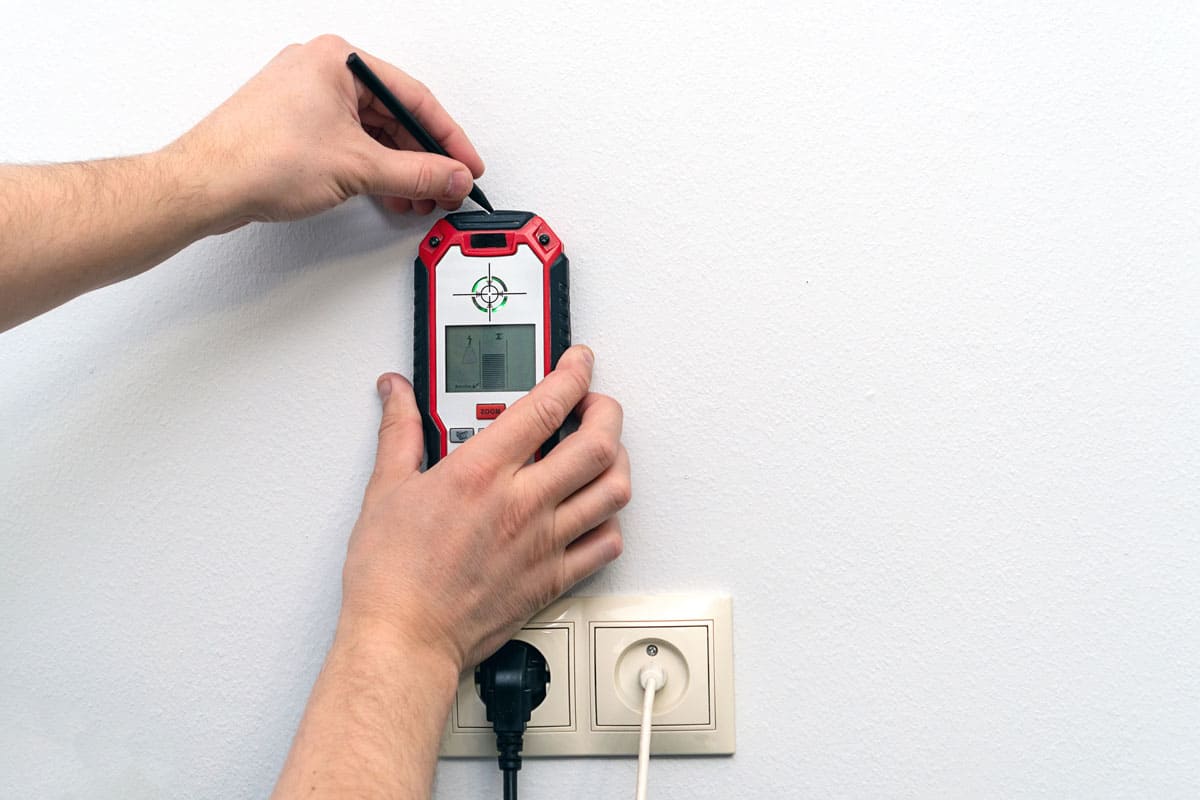
A Bosch Truvo uses a sound and an LED traffic light to detect metals and live wires in the wall. This device will help you drill safely and confidently.
The truvo does not recognize wooden studs but has detection settings that vary depending on the type of wall. Furthermore, prior calibration of the device is not always required. This equipment is for customers who often do drilling operations and want a reliable instrument.
If you found this post helpful, you may visit the linked posts below:





